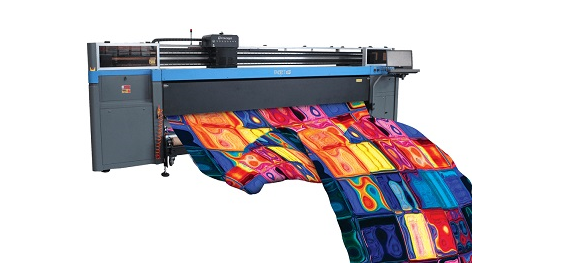Textile industry is still the second largest employment creating industry in India, after agriculture. As compared to the population of India, the textile industry in India is actually growing at a faster pace, due to several reasons.

The textile industry in India is largely based on textile production, and this segment alone contributes about 65% towards the Gross Domestic Product (GDP). The other segments include tailoring, garment-making, embroidery, buttons, zipper, dyes, printing & apparel, leather-goods and some processed textile products like cottons and kerosene. The major textile industries of India are cotton, khadi, silk, indigo, coir, jute, and synthetic fibers. These textiles have emerged as a lucrative business opportunity not only in India but also in many countries around the world. The popularity of these textile items can be traced back to their use as the primary materials for industrialization.
In the earlier years, the textile industry in India was mainly based on silk and jute, which were imported from Western countries. But with the advent of modern technology, textile industry started developing with gradual leaps and bounds, thanks to skilled mechanization. Nowadays, textile export is one of the fastest growing sectors in India, especially after the liberalization policies of the government in the mid 1980s. Textile exports are a perfect example of globalization, and the Indian textile industry is well aware of this fact. With the liberalization policies in India, textile exports became very easy, and Indian exporters found themselves in a good position when it came to competing with other exporters.
The textile industry in India has gained immense importance as compared to other textile-producing sectors. As compared to other textile-producing sectors, this sector is comparatively smaller, with a much smaller amount of investment; and with an even smaller number of workers. This factor has made the textile industry here a very strong and profitable one. One of the reasons for the popularity of this sector is that despite of the large investments, this sector has managed to keep its margins open through efficient marketing and promotion.
There are several textile industry companies in India, which have made a significant contribution in the development of the Indian textile industry. Some of the popular textile industries of India that are highly competitive in the global market are Bijuani Loomis & Co., Oriental Millinery Co., Emaar Industries Limited, Emaar Textile Limited, Garavikulam Textile & Fabrics, Kanjeevaram Industries, Kirlang Labs, and Synergy Tiles Limited. All these names have become quite popular world-wide and have established their own unique position in the market. Not only do the products from these companies offer world-class quality, but also take pride of their uniquely Indian way of production.
Over the period of time, the per cent invested in the Indian textile industry has gone up significantly, due to various factors. One of these factors is the use of more advanced technology that decreases the inputs involved in the process and increase the overall value of the product. Another important factor is the rise in the export of finished textile products from India, and a significant decline in the imports of textile goods. The third most important factor is the rise in the use of manufactured fibre, and natural fibres in the production of Indian textiles, and a significant rise in the demand for ready-made garments. A combination of factors like increased fibre consumption, reduction in labour input, and increase in manufactured fibre production, has resulted in the increase in the value of Indian textile products.
If you are looking to start textile business, then buying the right digital textile printing machine is most important.
